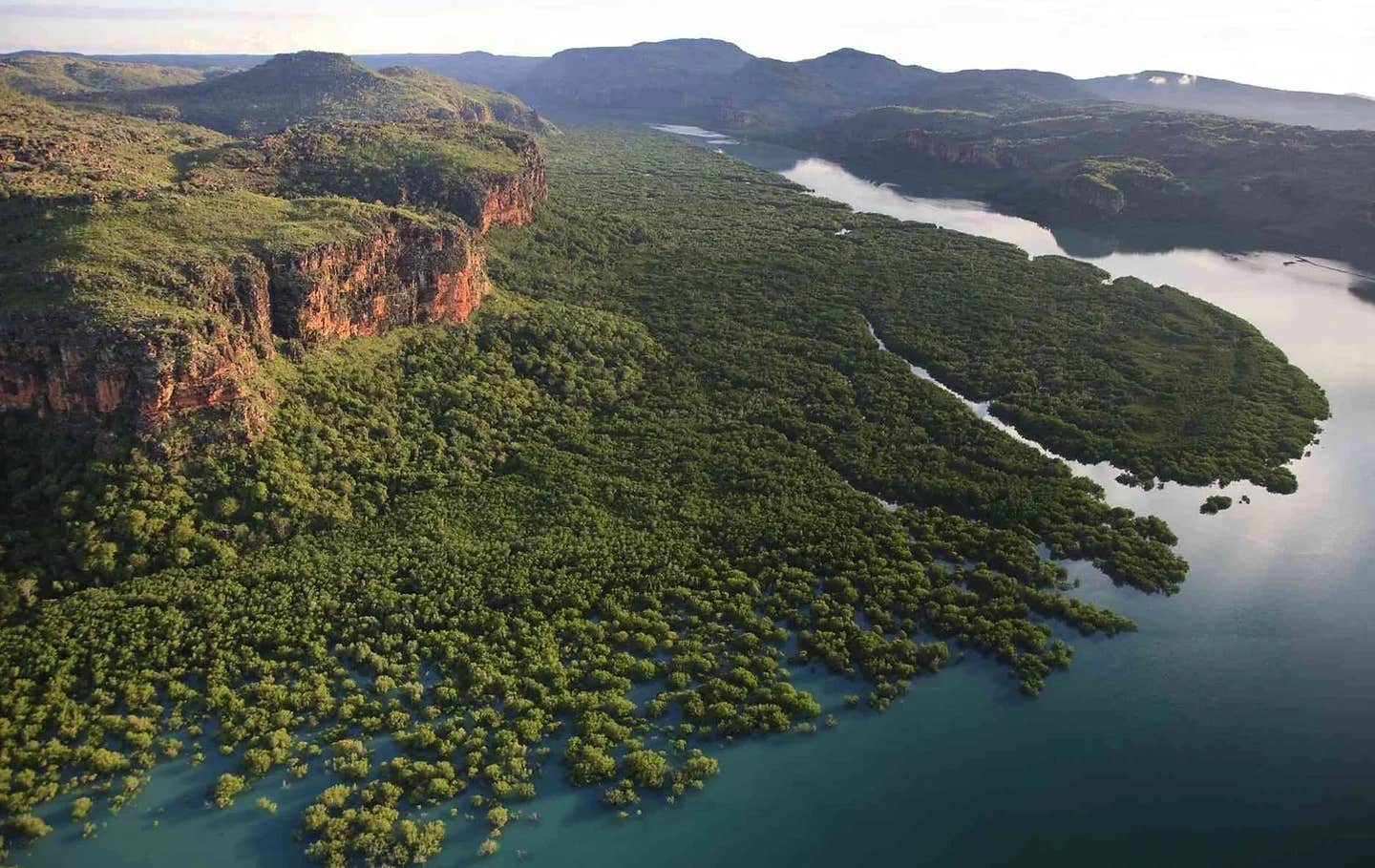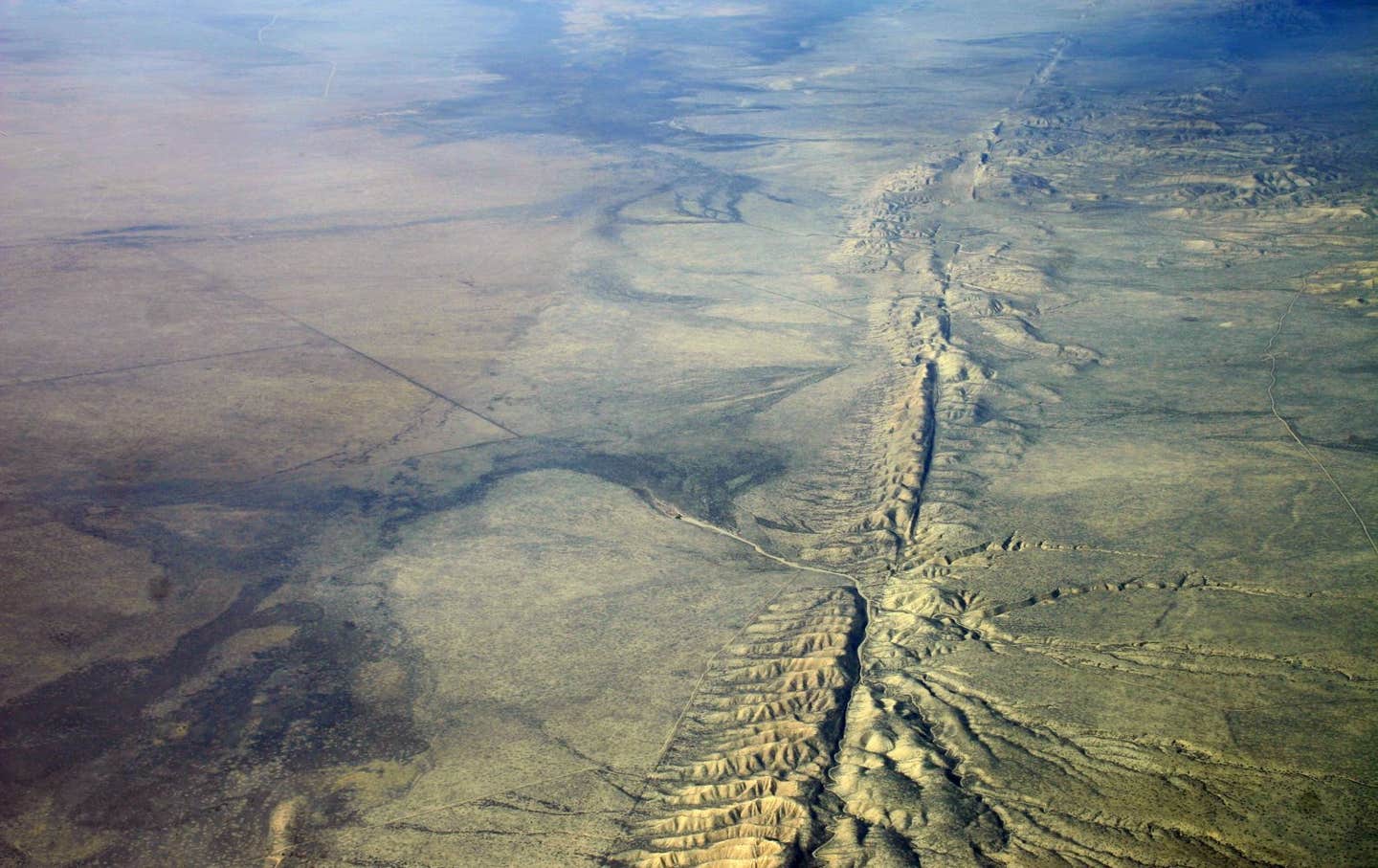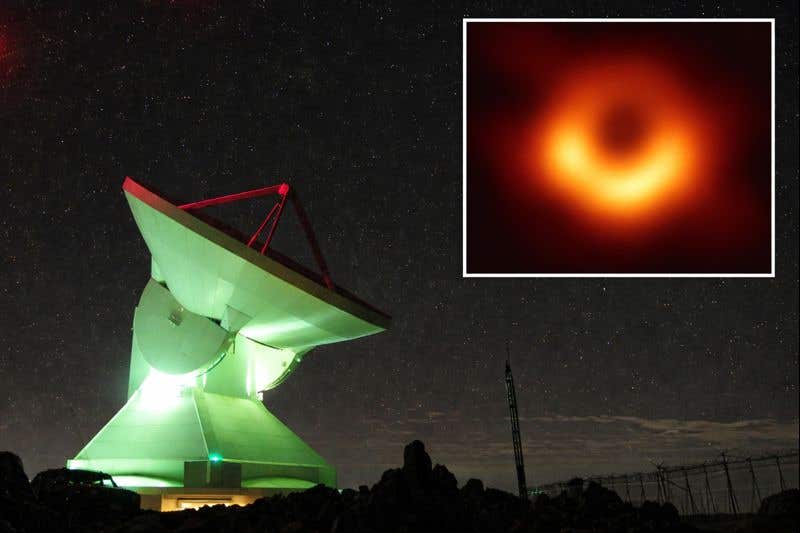Long-forgotten ancient settlement rediscovered off the coast of Australia
Off the northern coast of Kimberley, divers and researchers have uncovered the remains of a vast underwater colony.

Researchers have uncovered a vast and long-forgotten colony that once teemed with human life. (CREDIT: Andrew Halsall)
A stunning find beneath the sea has caught the attention of archaeologists and scientists alike. Off the northern coast of Kimberley, divers and researchers have uncovered the remains of a vast underwater colony. This forgotten settlement, hidden for tens of thousands of years, once bustled with human life. Its discovery is reshaping how we think about early humans and the world they moved through.
Evidence suggests this settlement dates back as far as 50,000 years, to the Late Pleistocene era. According to the Australian Museum, a mix of molecular clock estimates, DNA studies, and archaeological records point to the first arrival of modern humans in the region around 48,000–50,000 years ago. This timeline places the underwater colony among the oldest known sites of human habitation in the area.
More than just ruins, the site offers critical clues about how early humans traveled and adapted to changing environments. Shifts in sea levels over thousands of years likely submerged what was once dry, walkable land. The impact of climate change on this ancient world can now be traced in layers of sand, stone, and bone.
Echoes Across History
One of the most exciting parts of the find is the idea that this sunken land may have connected people across great distances. “It’s plausible that this land was used as a pathway for migration,” says Dr. James Bennett, an environmental historian who worked on the study. Before the ocean swallowed it, the land might have been part of a natural corridor linking early populations.
This idea challenges older beliefs about how humans spread across the planet. If people could walk these now-submerged paths, the routes they took were far more complex than once thought. The find doesn’t just rewrite maps—it adds depth to our understanding of how people survived, moved, and built their lives long before written history.
The findings, outlined in a recent study published in Quaternary Science Reviews, are rewriting the history books and shedding new light on our human ancestors' remarkable ability to adapt and thrive in the face of changing landscapes.
Related Stories
The submerged colony's existence came to light as researchers meticulously explored the underwater realm, which had once been a thriving ecosystem on a landmass nearly 250,000 square miles in size—equivalent to 1.6 times the area of the United Kingdom. Initial excavations revealed a treasure trove of artifacts and signs of human life, hinting at a flourishing civilization that had long been obscured by the ocean's depths.
"The findings are nothing short of astonishing," says Dr. Emily Watson, a renowned archaeologist and co-author of the study. "We've uncovered a forgotten world that was not only inhabited by humans but also rich in ecological diversity."
Intriguingly, the submerged landmass, although potentially a desert at some point in its history, once boasted an intricate network of freshwater and saltwater lakes, rivers, and even an inland sea. This thriving aquatic environment would have been a lifeline for the estimated 50,000 to 500,000 people believed to have called this submerged realm home.
The Rise and Fall of an Ancient Civilization
The demise of this once-thriving colony is a sobering reminder of the profound impact of climate change on human populations throughout history. Approximately 12,000 years ago, around the end of the Pleistocene epoch, rising sea levels caused half of the landmass to succumb to the encroaching waters, submerging it forever beneath the ocean's surface.
The inhabitants of the colony, faced with a dramatically altered environment, adapted by moving to nearby archipelagos. This adaptation marked the beginning of a new chapter in human history—the "first maritime explorers from Wallacea."
"The resilience and adaptability of these ancient people is truly remarkable," notes Dr. Watson. "Their ability to forge new lives in response to environmental upheaval laid the foundation for future generations."
Unraveling the Mysteries of the Past
While the discovery of the submerged colony is a monumental breakthrough in itself, researchers are only scratching the surface of its historical significance. Scientists are currently delving deeper into the colony's history, aiming to reconstruct the palaeoecology of the landscapes that once flourished above the waves.
The study's authors emphasize the importance of their findings in a global context. "Now submerged continental margins clearly played an important role in early human expansions across the world," the study states. This revelation underscores the need for greater exploration of underwater archaeology, not only in Australia but across the globe.
As humanity grapples with the consequences of climate change, understanding how our ancestors adapted to changing environments offers valuable insights into how we might navigate the challenges of the present and the future.
A Growing Global Perspective
The rise of undersea archaeology in Australia promises to contribute significantly to our understanding of early human migration patterns and the far-reaching impact of climate change on ancient populations during the Late Pleistocene period.
As technology and research techniques continue to advance, scientists are hopeful that more submerged secrets will come to light, further enriching our understanding of our shared human heritage.
As we continue to explore the mysteries of the past hidden beneath the waves, we gain valuable insights into our shared human journey and the lessons it holds for the challenges we face in the present and future.
Note: Materials provided above by The Brighter Side of News. Content may be edited for style and length.
Like these kind of feel good stories? Get The Brighter Side of News' newsletter.



